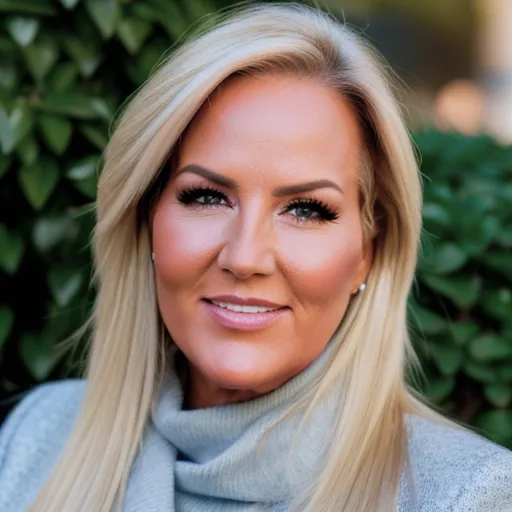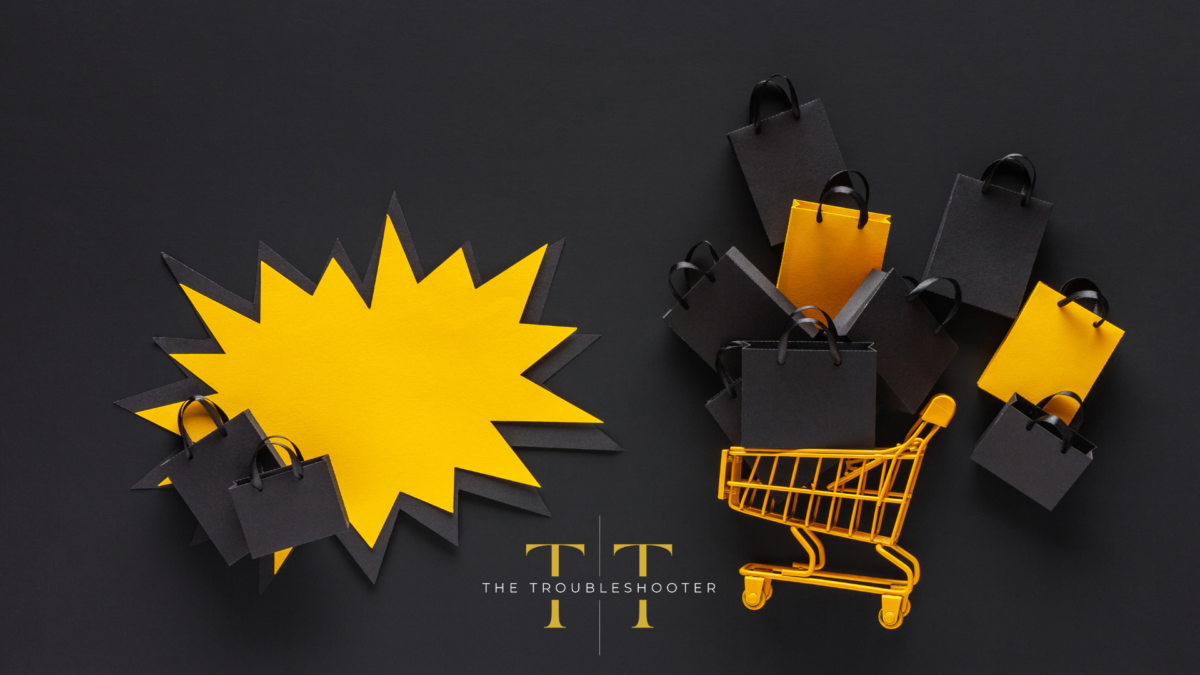Are you prepared to take your marketing team to new heights? As your business grows, so do the complexities of managing a marketing department. Each step forward presents its unique set of hurdles, from balancing budgets to getting the most from your team and recruiting top-tier talent, all while adapting to ever-changing consumer preferences. It’s like a high-stakes game of chess, where every move counts. So, let’s dive into these challenges, and ask yourself one question…’does this sound familiar?’.
- Challenge #1: Budget Battles: Growing your marketing team and your sales is akin to hosting a lavish banquet. You need ample resources to serve up a sumptuous feast, but how do you convince the higher-ups that your marketing platter won’t lead to financial heartburn? Think of it as a pitch in a cooking competition. “Ladies and gentlemen, today we’re requesting a budget as delightful as a gourmet dessert. Every pound/euro/dollar will be a recipe for ROI success. We’ve got the ingredients for triumph; we just need the funds.”
- Challenge #2: Talent Tango: Building an exceptional marketing team is like casting the next big blockbuster movie. You require a mix of talent – strategists, communicators, analysts, and decision-makers, each playing a vital role in your marketing saga. In today’s competitive job market, it’s not a casual stroll; it’s an action-packed rollercoaster where you must choose heroes, not just sidekicks. Will it be Tony Stark, the tech genius, or Captain America, the unwavering leader? Remember, it’s not just about the powers; it’s about the chemistry between the characters. Think of it as assembling the Avengers, but with less spandex.
- Challenge #3: Shifting Sands of Preference: Consumer preferences change as often as a cat chases a laser pointer. One moment, they’re all about TikTok trends, and the next, they’re onto the latest social media sensation. Predicting these shifts is like forecasting the weather during a tornado. Your marketing team needs to be chameleons, adapting swiftly to ever-changing trends while keeping an eye on the ultimate goal. Imagine your team as fashion designers predicting the next big trend. “Will consumers embrace neon jumpsuits this summer, or is it all about vintage plaid shirts?”










